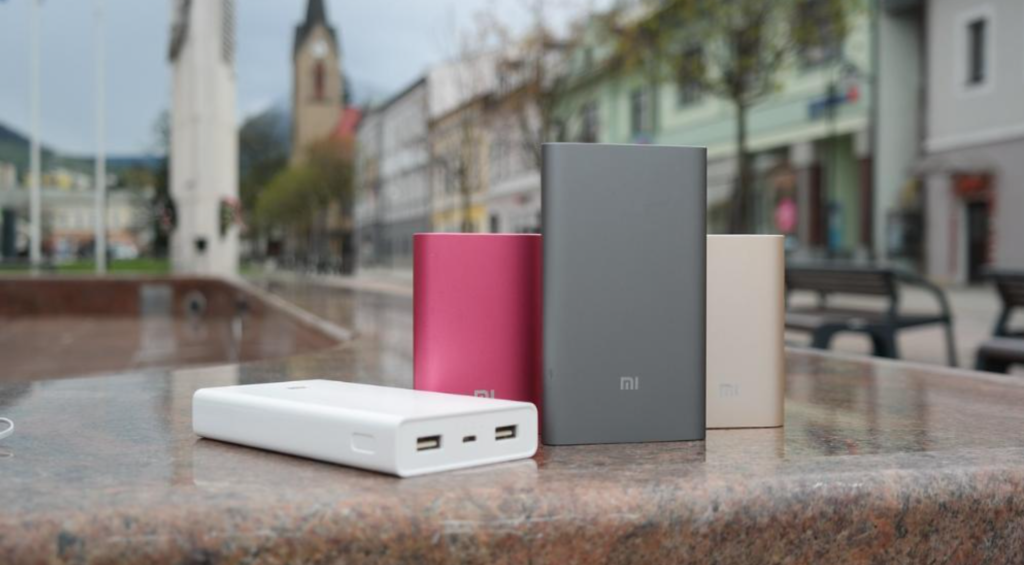Our lives are now dependent on portable electronics like smartphones and tablets. But in order for these gadgets to function, they need electricity, and sometimes it’s difficult to locate a power source. Power banks, a mobile battery that enables you to charge your electronics while on the road, come into play in this situation. It might be tough to know how to pick the best power bank with so many alternatives available. In this essay, we’ll go through the main factors customers should take into account when selecting a power bank.
Table of Contents
1. Capacity
The capacity of a power bank is measured in milliampere-hours (mAh), and it indicates how much power the power bank can hold. The higher the mAh rating, the more power the power bank can store, and the more times you can charge your device. When choosing a power bank, consider the capacity of the device you want to charge and select a power bank that has a capacity higher than your device. For example, if your phone has a 3,000mAh battery, a power bank with a capacity of 10,000mAh will be able to charge it multiple times.
2. Output Current
The output current of a power bank is measured in amperes (A), and it indicates how quickly the power bank can charge your device. A higher output current means your device will charge faster. However, be aware that some devices have a maximum input current, so using a power bank with an output current higher than the maximum input current of your device will not necessarily result in faster charging. To get the most out of your power bank, select one that has an output current that matches or is slightly higher than the input current of your device.
3. Portability
The whole point of a power bank is portability, so it’s important to choose one that is easy to carry around. Consider the size and weight of the power bank – you don’t want it to be too bulky or heavy. You should also consider the design of the power bank – some are slim and sleek, while others are more rugged and durable.
4. Number of Ports
Most power banks have one or two ports for charging devices. If you have multiple devices that need charging, select a power bank that has more than one port. This will allow you to charge multiple devices at the same time. However, keep in mind that the more ports a power bank has, the larger and heavier it will be.
5. Charging Time
The charging time of a power bank is the amount of time it takes to charge the power bank itself. This is an important consideration if you need to charge your power bank quickly before heading out. The charging time can vary depending on the capacity of the power bank and the type of charger used to charge it. Look for power banks that have fast charging capabilities, which can reduce the charging time significantly.
6. Brand and Price
There are many different brands of power banks on the market, and the price can vary greatly. It’s important to choose a reputable brand with a good track record. Cheaper power banks may be tempting, but they may not last as long or may not be as reliable. Look for power banks that have a warranty or guarantee, so you can be confident that you are making a wise investment.
Conclusion
It’s important to carefully evaluate the aforementioned factors while selecting a power bank. You may choose a power bank that suits your demands and offers trustworthy power on the road by taking the time to research and evaluate several possibilities.
Visit TheInspireSpy

